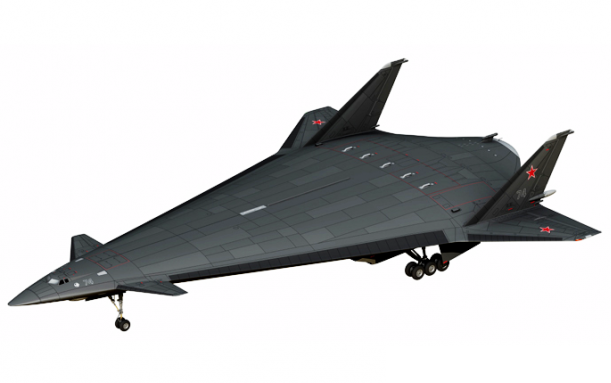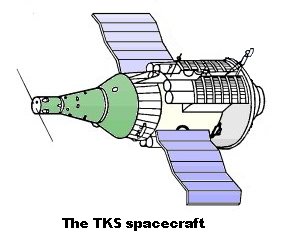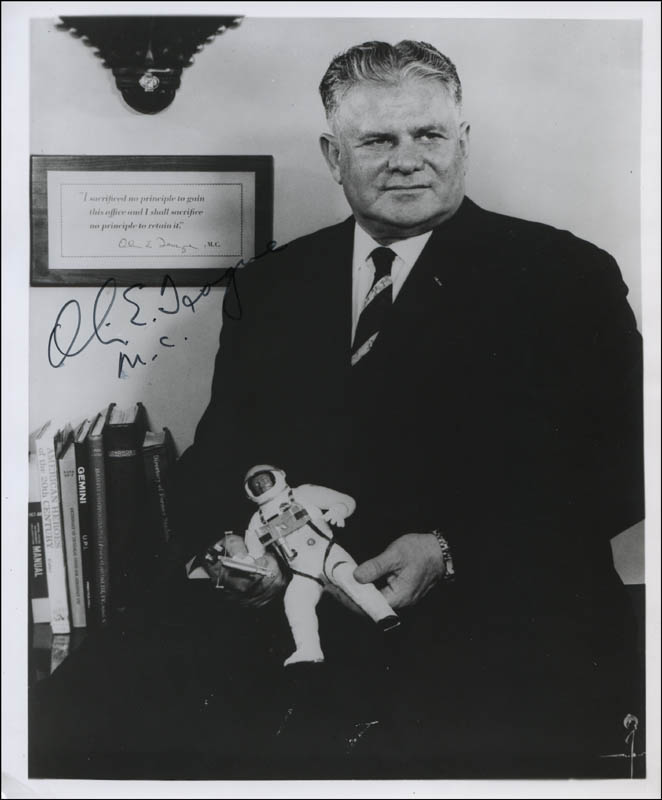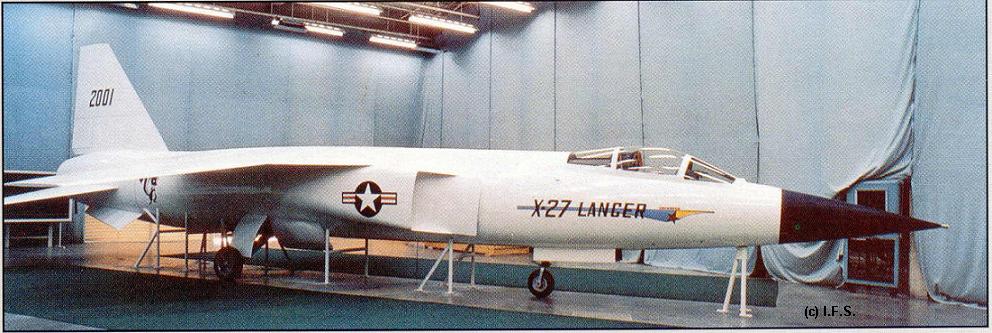Archibald
Banned
April 1976
James Fletcher was recovering. The shuttle scar had been long to heal; the short tenure as NASA administrator was certainly a setback, but Fletcher credentials were strong enough he survived the ordeal. He had not been a member of the President Science Advisory Committee for nothing; and his experience at the head of the University of Utah during the troubled 60's spoke volumes.
As a space advisor, however, the shuttle failure evidently followed him whatever he did. He needed help to manage that issue, and he found it working with Tom Paine, his predecessor at the head of the agency. Paine stint had been no better than his; he had failed with Mars much like Fletcher had failed with the shuttle. Yet Paine remained popular with space enthusiasts.
In the end Fletcher, a mormon, stroke a deal with another mormon - Mo Udall, in his run for the democratic nomination.

Udall made Fletcher his space advisor on a number of thematics such as Space Based Solar Power, the space program as tool to improve life on Earth, and of course the space shuttle. Fletcher quietly worked on a report tentatively entitled Outlook for space.
Udall couldn't stand the Carter-Mondale ticket lack of enthusiasm for the space program; so they had an unwritten agreement. If elected President Udall would make Fletcher administrator of NASA again, and together they would bring the shuttle back to lower the cost of space transportation. He felt no bitterness - he was way above such feelings.
With Udall tacit approval Fletcher campaigned in favor of the defunct space shuttle. He had two major recruits: former Ames director Hans Mark (who had controversially resigned in 1976) and Werner von Braun himself. Together they toured the country, meeting aerospace workers and space enthusiast groups.
"In 1971 I led what was a very interesting exercise ... I said we have got make a choice, whether to do the space station first or the shuttle first. ... Technically the space station was easier but, we recognized that the shuttle was the pacing item in this thing and, therefore, we said look ... let's do the difficult thing first and the space station will follow. " Fletcher started.
"We felt the Station would be very expensive using expendable launch vehicles to build ... so it had to be deferred until the Shuttle was assured. Events so far have shown the rightness of our approach. We harvested the low hanging fruit first - only to kick the shuttle can down the road again and again."
Then von Braun took over. The great space advocate had aged a lot; he was terminally ill from cancer.
"John Fitzgerald Kennedy famously said - we choose to go to the moon in this decade and do the other things, not because they are easy, but because they are hard. According to this we should have picked the shuttle first !
"When we first began thinking about the Space Shuttle, we thought of it as a vehicle to serve a large space station in Earth orbit. But we ran into a dilemma: we found that we could not expect to get funding to build both a large space station and the Space Shuttle in this decade.
A space station would be of no use without the Shuttle. And at first we thought that the reverse was also true - that the Shuttle would be of little use without a space station to serve. But the more we looked at this, the clearer it became that no dilemma existed but rather an opportunity. The shuttle had much wider, and potentially much more revolutionary roles than a simple space station taxi - a role only good enough for capsules like Apollo or Helios."
"Fixing satellites in orbit. Deploying very large telescopes. Fly payloads repeatedly and at a very low cost. Flying ordinary citizens into orbit - and that was only a fraction of the possibilities - we had no time to explore the full potential of the shuttle."
"In the debate over the sequence between the space station and the space shuttle programs, I, Wernher von Braun was strongly in favor of doing the space shuttle first. I felt that the establishment of a space station without something like a large space shuttle made no sense. I felt, and still believe that a really effective space station would have to be assembled on orbit, and this is impossible to do effectively with expendable launch vehicles."
And then it fell to Hans Mark to deliver the final blow.
"Wernher also made two other points that remain valid today.
1. The space shuttle was and still is the technically more difficult part of the whole program — that is — it is harder to build the shuttle than a space station. Thus, the pace at which the shuttle program can be executed would eventually determine the time at which an efficient space station could be deployed.
2. Once the space shuttle built, the operations with the shuttle would attract considerable public attention, and this, in turn, would make it easier to persuade the political system to commit to a space station program. On this last point I have no doubt Doctor von Braun was and still is absolutely correct. There is no doubt that shuttle operations and the public attention they would have generated would be a decisive factor in an acceleration of the space station buildup. Instead the ongoing program is limping along."
Another incredible project from the early shuttle days: a 3 m diameter, ESA infrared telescope to be carried by spacelab !
James Fletcher was recovering. The shuttle scar had been long to heal; the short tenure as NASA administrator was certainly a setback, but Fletcher credentials were strong enough he survived the ordeal. He had not been a member of the President Science Advisory Committee for nothing; and his experience at the head of the University of Utah during the troubled 60's spoke volumes.
As a space advisor, however, the shuttle failure evidently followed him whatever he did. He needed help to manage that issue, and he found it working with Tom Paine, his predecessor at the head of the agency. Paine stint had been no better than his; he had failed with Mars much like Fletcher had failed with the shuttle. Yet Paine remained popular with space enthusiasts.
In the end Fletcher, a mormon, stroke a deal with another mormon - Mo Udall, in his run for the democratic nomination.

Udall made Fletcher his space advisor on a number of thematics such as Space Based Solar Power, the space program as tool to improve life on Earth, and of course the space shuttle. Fletcher quietly worked on a report tentatively entitled Outlook for space.
Udall couldn't stand the Carter-Mondale ticket lack of enthusiasm for the space program; so they had an unwritten agreement. If elected President Udall would make Fletcher administrator of NASA again, and together they would bring the shuttle back to lower the cost of space transportation. He felt no bitterness - he was way above such feelings.
With Udall tacit approval Fletcher campaigned in favor of the defunct space shuttle. He had two major recruits: former Ames director Hans Mark (who had controversially resigned in 1976) and Werner von Braun himself. Together they toured the country, meeting aerospace workers and space enthusiast groups.
"In 1971 I led what was a very interesting exercise ... I said we have got make a choice, whether to do the space station first or the shuttle first. ... Technically the space station was easier but, we recognized that the shuttle was the pacing item in this thing and, therefore, we said look ... let's do the difficult thing first and the space station will follow. " Fletcher started.
"We felt the Station would be very expensive using expendable launch vehicles to build ... so it had to be deferred until the Shuttle was assured. Events so far have shown the rightness of our approach. We harvested the low hanging fruit first - only to kick the shuttle can down the road again and again."
Then von Braun took over. The great space advocate had aged a lot; he was terminally ill from cancer.
"John Fitzgerald Kennedy famously said - we choose to go to the moon in this decade and do the other things, not because they are easy, but because they are hard. According to this we should have picked the shuttle first !
"When we first began thinking about the Space Shuttle, we thought of it as a vehicle to serve a large space station in Earth orbit. But we ran into a dilemma: we found that we could not expect to get funding to build both a large space station and the Space Shuttle in this decade.
A space station would be of no use without the Shuttle. And at first we thought that the reverse was also true - that the Shuttle would be of little use without a space station to serve. But the more we looked at this, the clearer it became that no dilemma existed but rather an opportunity. The shuttle had much wider, and potentially much more revolutionary roles than a simple space station taxi - a role only good enough for capsules like Apollo or Helios."
"Fixing satellites in orbit. Deploying very large telescopes. Fly payloads repeatedly and at a very low cost. Flying ordinary citizens into orbit - and that was only a fraction of the possibilities - we had no time to explore the full potential of the shuttle."
"In the debate over the sequence between the space station and the space shuttle programs, I, Wernher von Braun was strongly in favor of doing the space shuttle first. I felt that the establishment of a space station without something like a large space shuttle made no sense. I felt, and still believe that a really effective space station would have to be assembled on orbit, and this is impossible to do effectively with expendable launch vehicles."
And then it fell to Hans Mark to deliver the final blow.
"Wernher also made two other points that remain valid today.
1. The space shuttle was and still is the technically more difficult part of the whole program — that is — it is harder to build the shuttle than a space station. Thus, the pace at which the shuttle program can be executed would eventually determine the time at which an efficient space station could be deployed.
2. Once the space shuttle built, the operations with the shuttle would attract considerable public attention, and this, in turn, would make it easier to persuade the political system to commit to a space station program. On this last point I have no doubt Doctor von Braun was and still is absolutely correct. There is no doubt that shuttle operations and the public attention they would have generated would be a decisive factor in an acceleration of the space station buildup. Instead the ongoing program is limping along."
Another incredible project from the early shuttle days: a 3 m diameter, ESA infrared telescope to be carried by spacelab !
Last edited:







